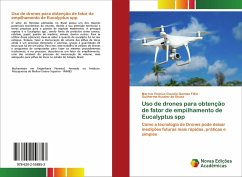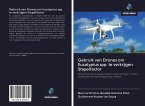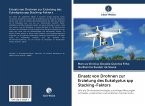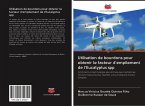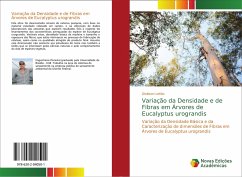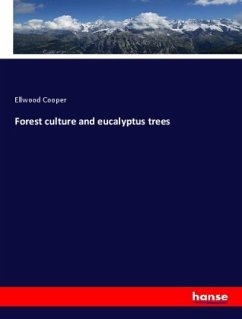The planted forest sector in Brazil has one of the greatest economic potentials in the world, due to its territorial extension and land suitable for the planting of timber species. The main species is Eucalyptus spp., being the source of products such as chips, pulp, paper, wood panels, furniture, among others. In order to use this potential, one should know how much eucalyptus is in its stock. However, to measure the volume of log piles is still a time-consuming and costly process, thanks to the amount of logs in a yard. For this purpose, this work used drones and computer programs to perform the same traditional procedures, and in the process, a stacking factor was discovered, one of the variables of the volume measurement process, more suitable for log stacks in the state of Amapá, Brazil.
Bitte wählen Sie Ihr Anliegen aus.
Rechnungen
Retourenschein anfordern
Bestellstatus
Storno


